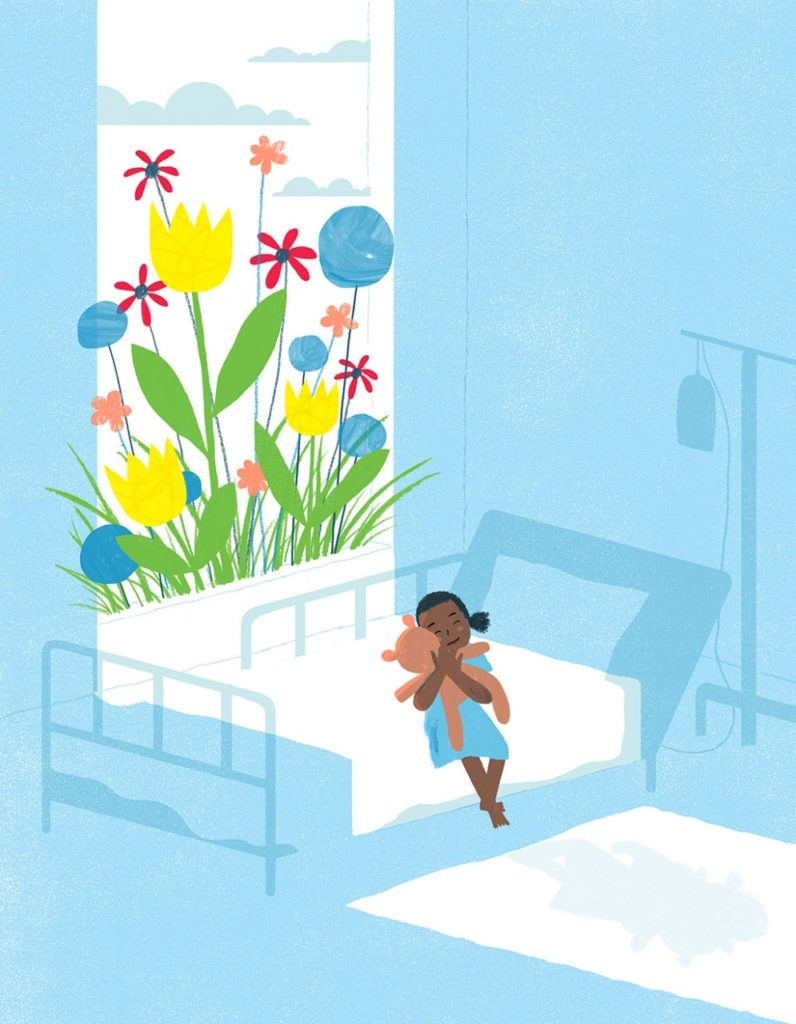Inner child
The heart of pediatrics

“It is hard to be brave when you’re only a Very Small Animal,” says Piglet to Rabbit in A.A. Milne’s Winnie-the-Pooh .
A similar conundrum is top of mind for many pediatricians: They know it’s hard to be brave when you’re only a Very Small Person, especially when you feel awful and need a shot or stitches, or have to stay in a hospital overnight.
Children arrive at their care from a different perspective than adults do, making it essential to treat kids as kids, not as little adults. From using virtual reality to distract kids during treatments, to ensuring there’s play space in hospitals, the trend is toward improving kids’ care by helping them feel comfortable and safe.
Comfort, however, is only one factor. Specialists must consider what is best for children’s developing bodies, and the lifelong implications of treatments they choose.
Immunotherapy treatments that fight cancer in adults, for instance, don’t work on children’s youthful immune systems, so researchers are reinventing them. And doctors are using a new technology — high-intensity focused ultrasound — that allows them to shrink certain types of tumors without surgery or the damaging side effects of the other treatment options.
To find out more about putting kids at the center of their care, read on.
